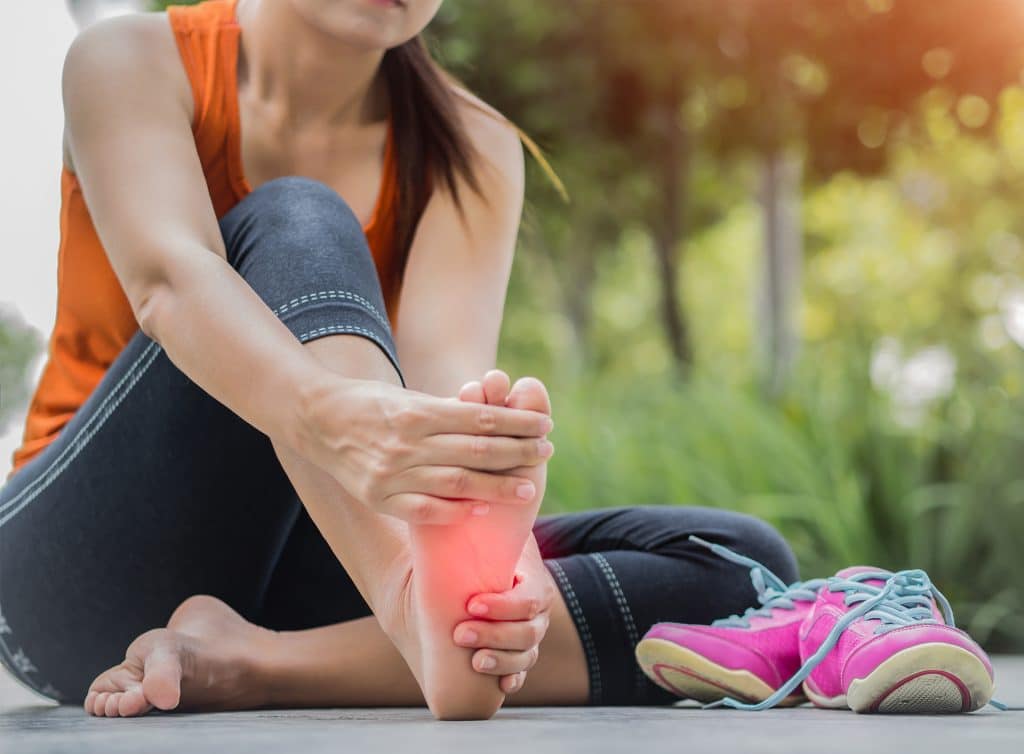✨Book online and enjoy a 5% discount on your first consultation
Blog

Social skills are pivotal for the wholesome development of a person as they help them communicate effectively, prosper in team activities, and build long-lasting relationships. It […]
February 20, 2025 - 9:01 am
Medical advancements in the past several years have shown unprecedented hope for people with varied physical, mental, and neurological ailments. One such disorder that affects millions […]
February 14, 2025 - 11:05 am
After months of research, you have selected the cosmetic procedure of your dreams, you have sorted an appointment for a consultation with a top-notch aesthetic clinic […]
January 29, 2025 - 8:20 am
Near Dubai Miracle Garden,
Diamond Business centre A,
1st Floor,
Arjan, AI Barsha,
Dubai.
WhatsApp us